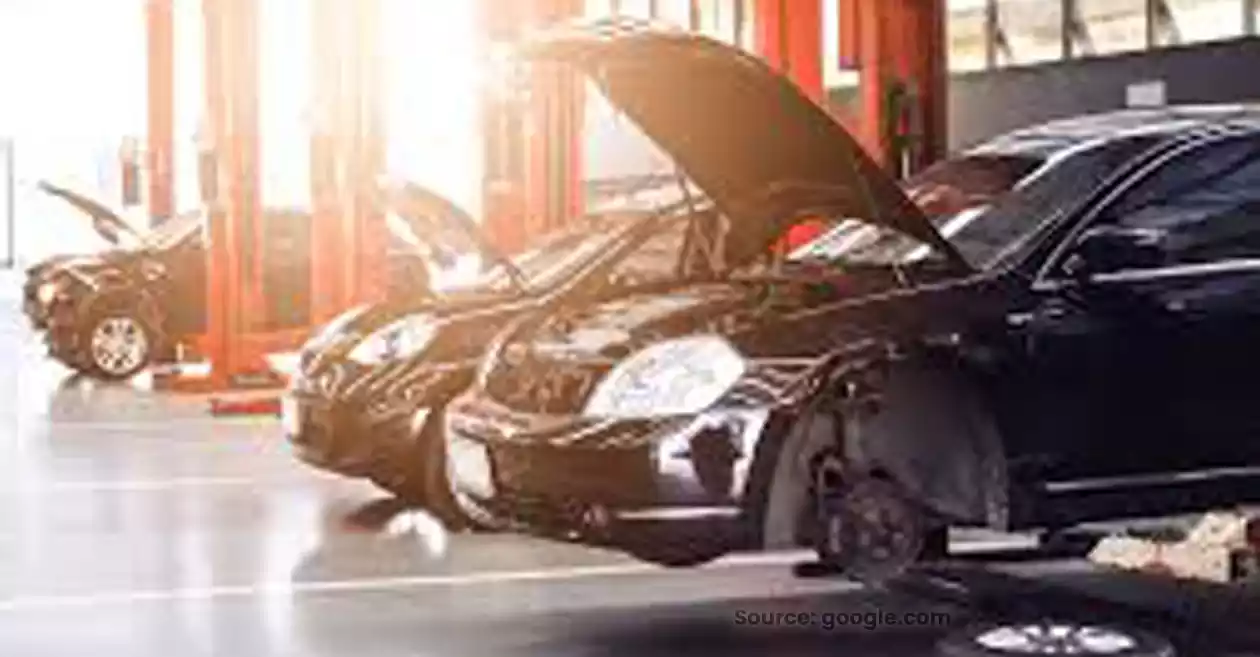Electric mobility remains a major challenge for insurers, a study on behalf of the British government has found, as many cars end up in scrap yards because their batteries cannot be repaired.
A report by Innovate UK, Britain’s innovation agency, finds a “worrying lack of available post-accident repair options and diagnostic tests”, reports Reuters.


Insurers complain that they do not have access to battery data to check whether systems have suffered irreparable damage.
Any damage to the battery creates a risk of fire, a risk that insurers cannot cover.
In many cases batteries are impossible to repair and vehicles are scrapped even if they are relatively new, driving up insurance premiums and negating the environmental benefits of electrification.
And replacing the batteries is unprofitable, since the batteries account for up to half the price of an electric vehicle, and changing them can cost more than the actual value of the car a year after its purchase.
“The diagnostic systems we have don’t allow us to know what the state of the battery is,” Adrian Watson of Thatcham Research, a company that specializes in risk assessment for car manufacturers, told Reuters.
Some manufacturers such as Ford, General Motors and Renault assure that their batteries can be repaired, but most do not give insurers access to vehicle data.
Tesla has even integrated the Model Y’s batteries into the car’s chassis, a practice that reportedly precludes any possibility of repair.
Also Read :
- Discover the OnePlus Difference: Bangalore Welcomes New Experience Store
- Tips for Completing the Xbox January Monthly Bonus Round Punch Card
The result is that car batteries that have suffered even minor collisions accumulate in pits.
In Britain, Thatcham reported, the compensation offered by insurers to owners of electric vehicles is 25.5% higher than for equivalent internal combustion vehicles. Repairs also take 14% more time.
And because of the risk of fire, electric motors awaiting repair must be stored at least 15 meters away from other objects.
That means a yard that holds 100 internal combustion cars can only store two electric cars, Thatcham pointed out.



